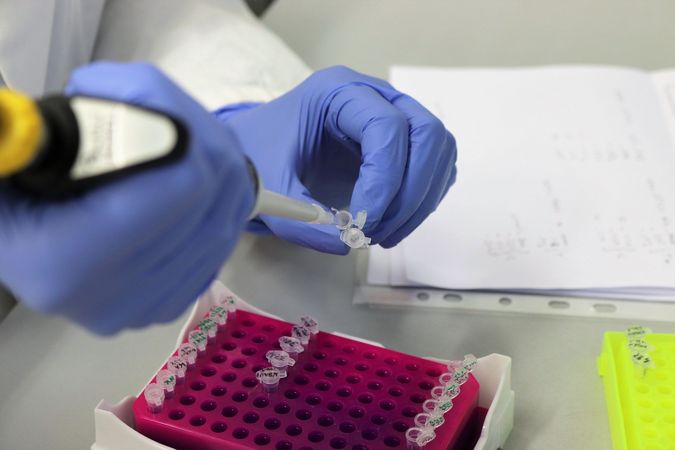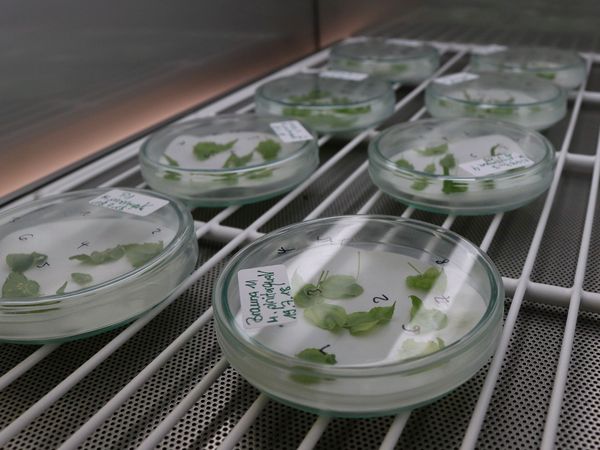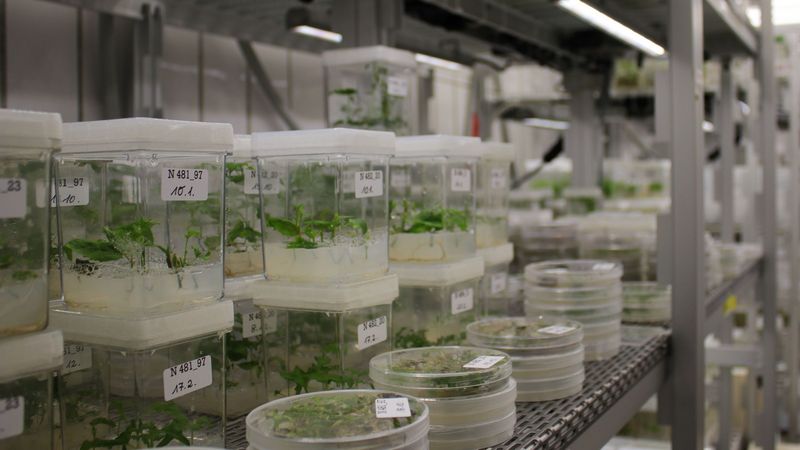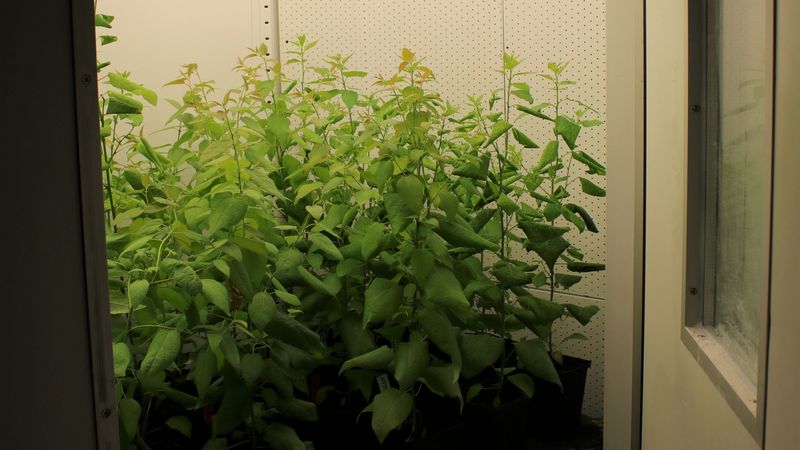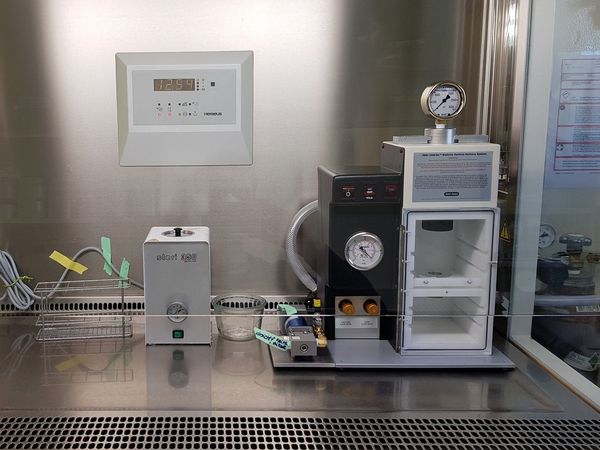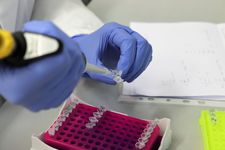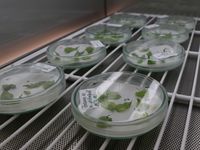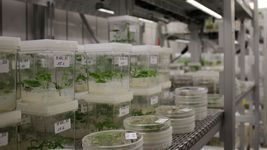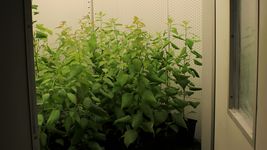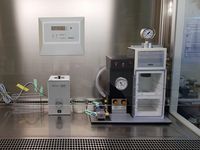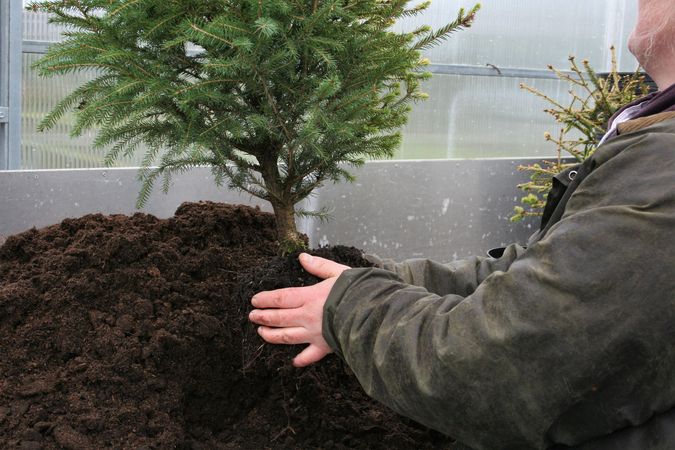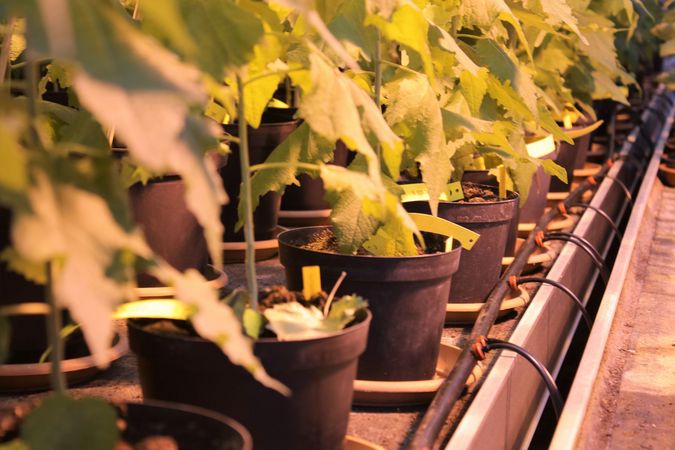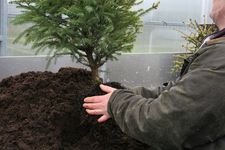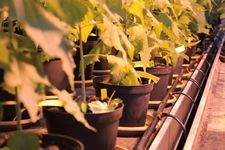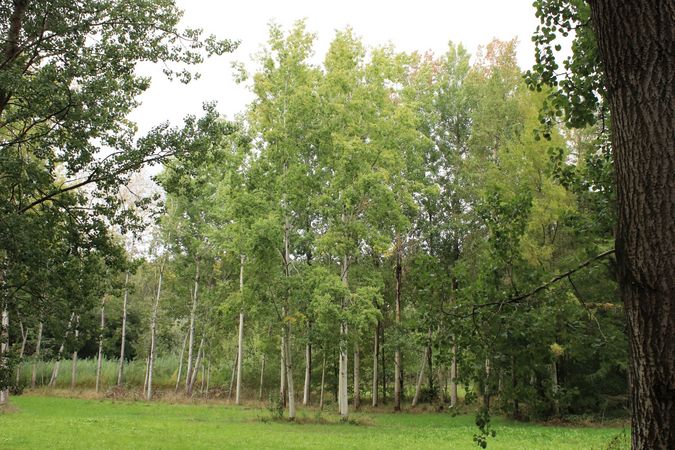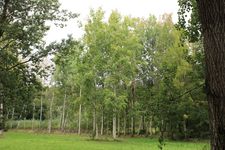Our Laboratories
In our 2,000 m² laboratories we realize genetic and molecular analyses. Large in vitro-cultures of poplar, willow, birch, maple, spruce, larch and further trees provide diverse genetic material. Numerous sterile working areas, sequencers, flow cytometers, and realtime PCR machines are available as well as climate chambers to simulate environmental conditions.
Field trials
During the course of the institute’s over 60-year history, it has established more than 900 field trials distributed over the whole of Germany with most forestry-relevant tree species. Currently, on over 400 field trials, covering a total of approximately 400 ha, data on vigour, quality, and vitality are collected at intervals of 1 to 5 years. The suitability and adaptation of trees of different geographical origin are determined on the field trials and individuals are selected and tested for breeding programs. The field trials provide important insights for strategies to adapt to climate change, to increase timber production, and to ensure stable forests.
Greenhouses and Nursery Areas
At both research stations located at Grosshansdorf and Waldsieversdorf the Thünen-Institute for Forest Genetics disposes over greenhouses and nurseries; the greenhouse area covering a total of 1420 m2, with various compartments and heating possibilities depending on the requirements. In addition, several individual cubicles are installed, which can be used for controlled crossings or for infection experiments. The nursery area covers a total 4,5 ha. For appropriate tillage machines and tractors are available.
Arboretum Tannenhöft
Due to a pronounced interest in botany and dendrology as well as an urge to form landscapes, the shipowner of Hamburg, H. Lütgens created the Arboretum “Tannenhöft” in the years 1908 to 1916 at Grosshansdorf-Schmalenbeck. It shelters many domestic and exotic deciduous and coniferous trees, in total about 500 different species and cultivars, thereby providing a diverse scientific resource for the work of the institute. At the occasion of the 50 anniversary of the Institute 1998, a documentation as to the history of the arboretum and its dendrological specialties was published.

![[Translate to English:] [Translate to English:]](/media/_processed_/f/3/csm_2022_Titelbild_gross2_Saatgut_in_Hand_9ffb8f5748.jpg)
![[Translate to English:] [Translate to English:]](/media/_processed_/f/3/csm_2022_Titelbild_gross2_Saatgut_in_Hand_c17270fcc0.jpg)
